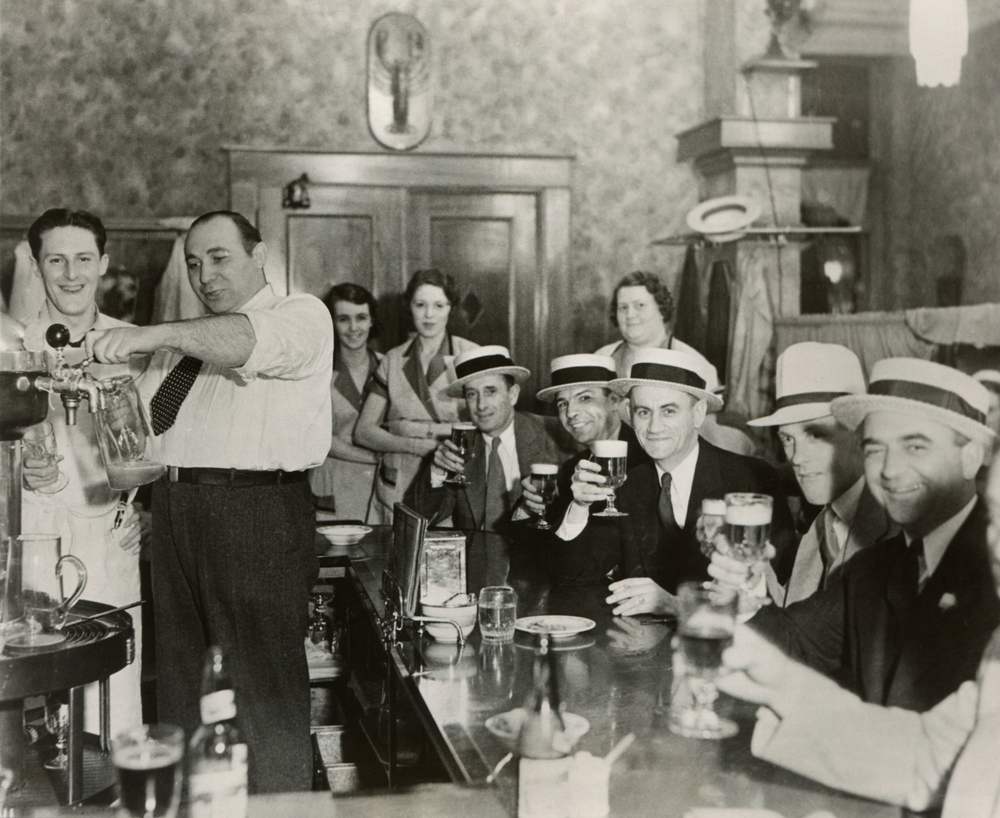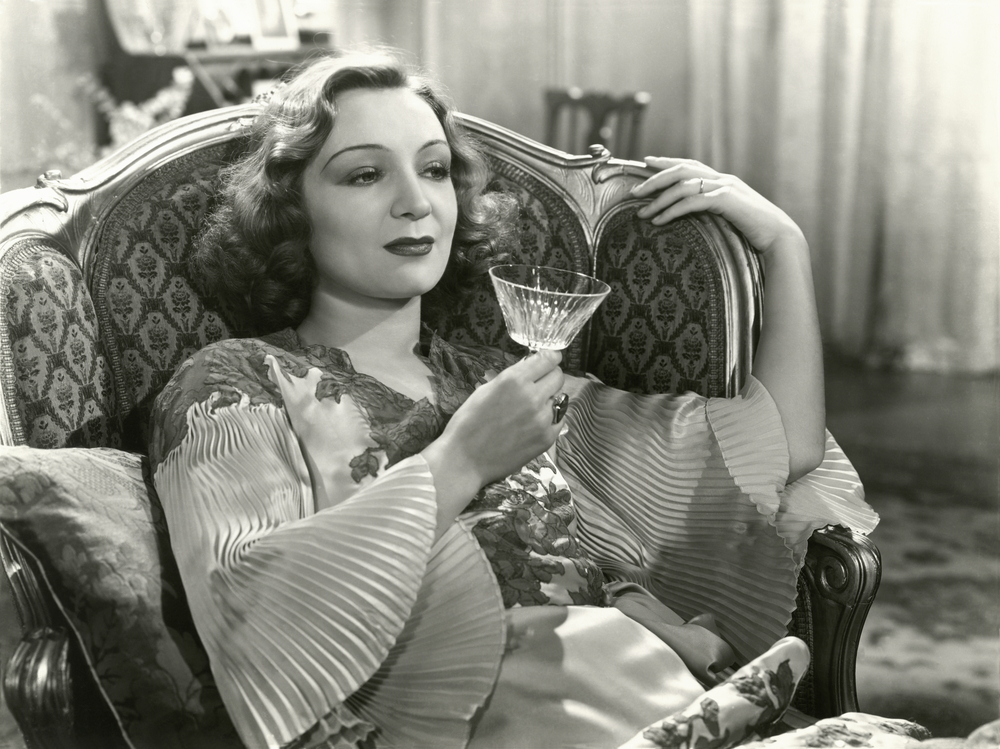If you’ve ever joked that “a dollar doesn’t go as far as it used to,” just wait until you step back in time to 1935. This was an era when a dollar wasn’t just currency—it was a tiny economic superhero capable of stretching farther than most people’s imaginations today. The country was still clawing its way out of the Great Depression, yet everyday life buzzed with resourcefulness, creativity, and a kind of scrappy optimism.
What people could buy, how they lived, and what they considered “expensive” will drop your jaw, spark your curiosity, and maybe even make you question some of your modern-day spending habits.
Everyday Prices That Feel Unreal Today
In 1935, everyday prices weren’t just lower—they were shockingly, eyebrow-raisingly low compared to modern standards. A loaf of bread cost around eight cents, which means a single dollar could send you home with enough carbs to feed an entire block. Milk hovered at about forty-seven cents per gallon, an amount that today wouldn’t even get you a splash of oat milk at a trendy café. A pound of steak cost twenty-one cents, making hearty home-cooked dinners a far more affordable affair than your favorite takeout app. Even with modest incomes, Americans could stretch that dollar like elastic.
When A Dollar Meant Real Entertainment
Entertainment in 1935 was simple, inexpensive, and surprisingly accessible—even during tough economic times. A movie ticket cost roughly twenty-five cents, meaning a dollar bought a full afternoon of escapism complete with newsreels and cartoons. Radios were rapidly becoming household staples, turning living rooms into mini entertainment hubs without subscription fees bleeding families dry. A night of dancing at a local hall was affordable too, giving communities a chance to stay social without breaking the bank. With just one dollar, people found joy, connection, and distraction in ways that would make modern budgets jealous.
Housing Costs That Sound Like Fantasy
Talk to anyone about the housing market today and you’ll get groans, sighs, and the occasional dramatic collapse onto nearby furniture. In 1935, however, the cost of shelter painted a very different picture. The average monthly rent sat around twenty dollars, making a dollar equal to five percent of an entire month’s housing bill. A typical house cost around $3,400—an amount that today might cover a handful of mortgage payments or a few property tax installments depending on where you live. Even though incomes were significantly lower, the proportion of earnings spent on housing was far less suffocating than what many experience now.
Transportation That Was Surprisingly Accessible
If you wanted to travel in 1935, your dollar had muscles. Gasoline cost about nineteen cents per gallon, meaning a single dollar filled your tank far enough to make you feel unstoppable on the open road. Cars themselves were priced between $500 and $800, putting them within reach for many working families who saved carefully. Public transportation also offered excellent value, with local streetcar rides costing only a few cents—a commuter could travel for days on a single dollar. Whether you owned a car or relied on transit, mobility didn’t financially punish you the way it can today.
Fashion And Clothing That Reflected A Different Era
Clothing in 1935 was both practical and stylish, shaped by necessity and the slower pace of fast fashion’s distant future. A new dress might cost $5 to $10, while men’s suits ranged somewhere between $15 and $25—meaning a dollar wasn’t quite the star player in wardrobe shopping, but it still chipped in admirably. Shoes averaged around two dollars, and accessories came cheap, often costing pennies. The average American wasn’t buying new outfits every week; they purchased carefully, repaired often, and made items last. Even so, a dollar could easily score several small items that would add charm or practicality to a daily outfit.
Groceries And Household Goods That Stretched Budgets Gracefully
Grocery shopping in 1935 offered a kind of financial breathing room that feels almost mythical to modern shoppers. For a dollar, you could go home with a bundle of essentials—flour, sugar, butter, fresh vegetables, and even a treat or two. Cleaning supplies, soaps, and basic household necessities were equally gentle on the wallet, allowing families to maintain tidy homes without financial strain. Even luxury items like coffee, chocolate, or spices were attainable splurges for most households. The dollar wasn’t a king, but it was absolutely a VIP guest at every grocery trip.
Wages, Income, And How Far Money Really Went
It’s easy to get dazzled by low prices, but wages in 1935 were also much lower, which gives important context to the purchasing power of the time. The average hourly wage hovered around fifty cents, and many people earned around fifteen to twenty dollars per week. Even so, that income stretched far because the cost of living lagged comfortably behind. A dollar represented a solid chunk of earnings, which meant spending it required thoughtfulness—but also delivered meaningful value in return. Compared to today’s dollar, which often feels like it evaporates instantly, the 1935 version packed a respectable punch.
The Surprising Emotional Value Of A Dollar
There’s something deeply nostalgic about imagining a time when a single dollar carried emotional weight as well as purchasing power. In 1935, receiving a dollar was meaningful, gifting a dollar felt generous, and saving a dollar was a genuine accomplishment. It symbolized effort, sacrifice, and stability during an unstable era. The dollar wasn’t just money—it was hope, security, and possibility wrapped in the smallest of packages. Modern inflation may have changed numbers, but it hasn’t replaced that sentiment entirely.
What Does One Dollar Mean To You Today?
Looking at life in 1935 reminds us how much a dollar once accomplished—and how our relationship with money shifts across generations. It wasn’t a perfect time, nor an easy one, but its financial landscape holds lessons in value, resilience, and resourcefulness. Reflecting on that era can spark a new appreciation for the dollars we earn, save, and spend today.
What does a dollar mean to you, and how do you think it compares to life back then? Share your thoughts, stories, or experiences in the comments section below.
You May Also Like…
What a Gallon of Gas Cost in 1970 — You Won’t Believe the Difference
How Much Life Cost in 1924 — And What You Could Buy With $10
The True Price of Life in 1927 America — And Why It Matters Now
7 Ways American Schools Are Breaking Federal Guidelines
14 Fun Ways Lonely Boomers Are Beating Boredom



Leave a Reply